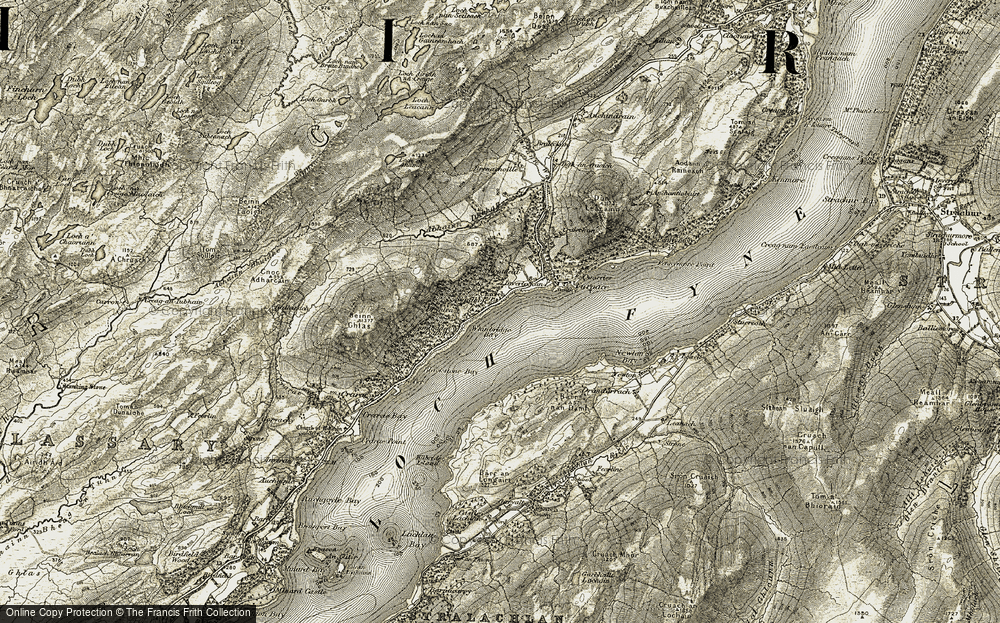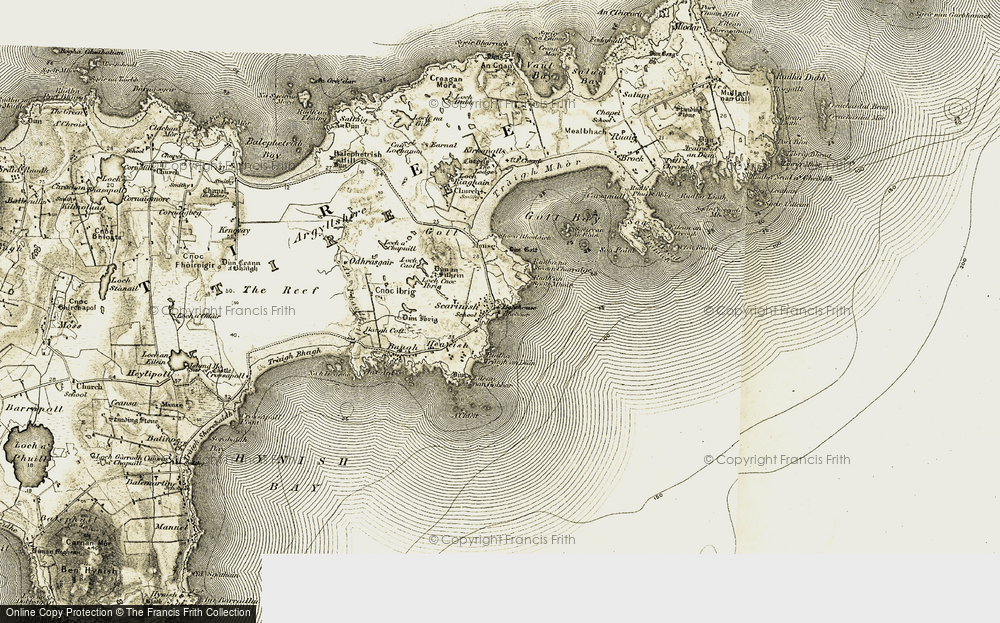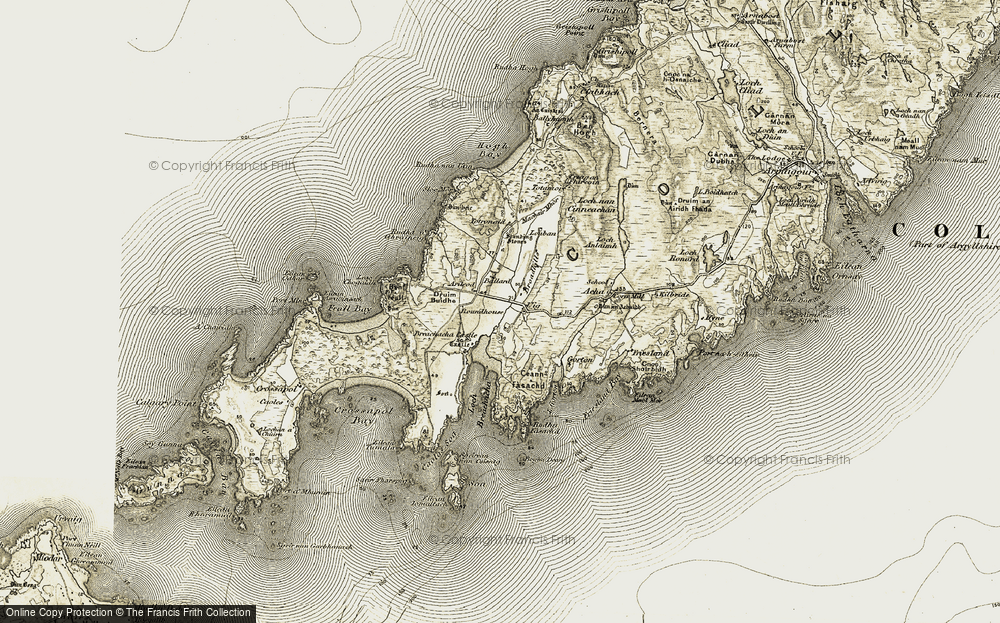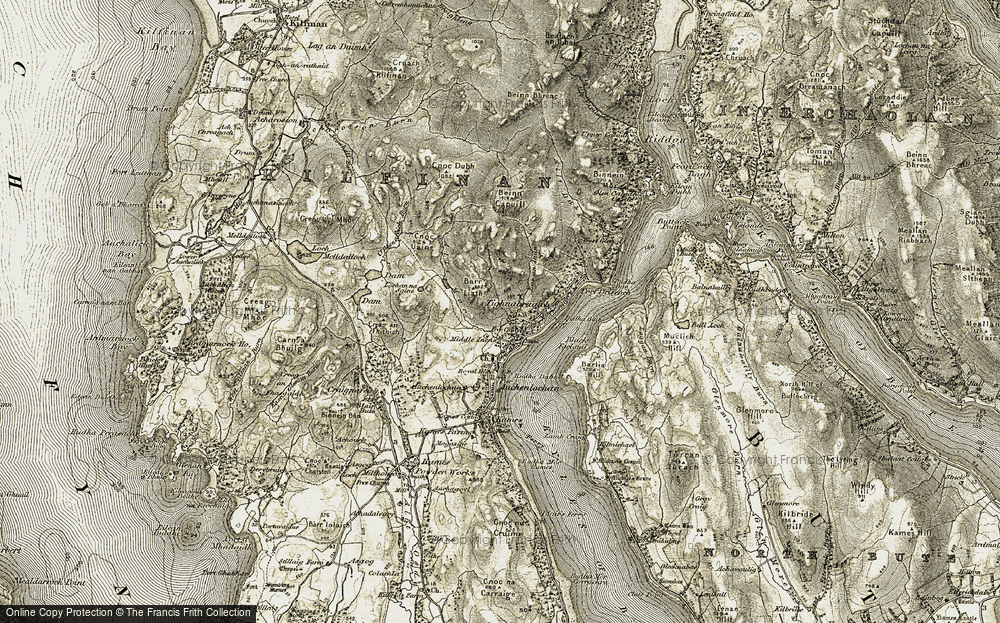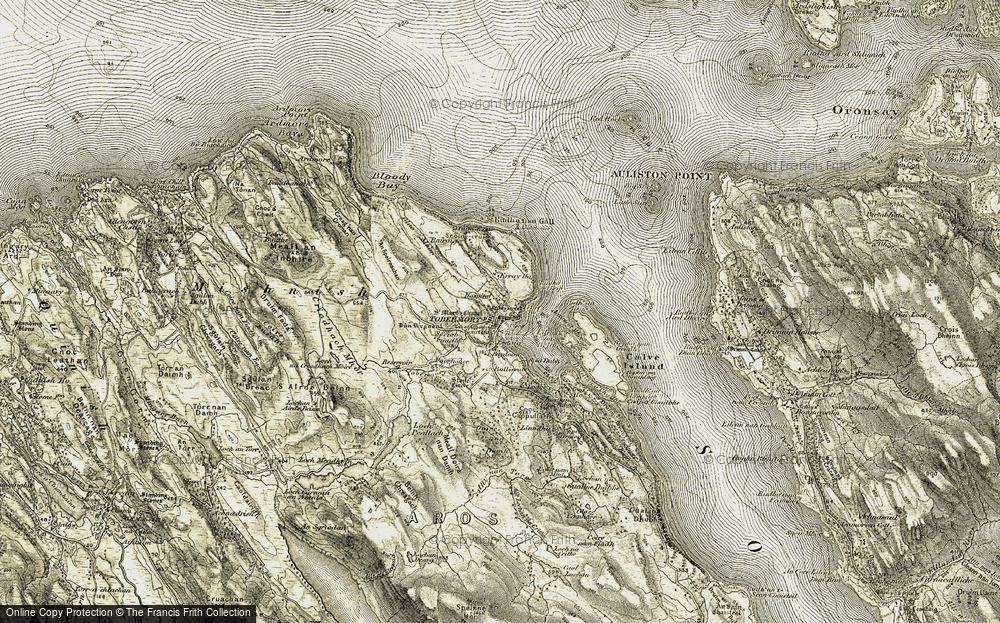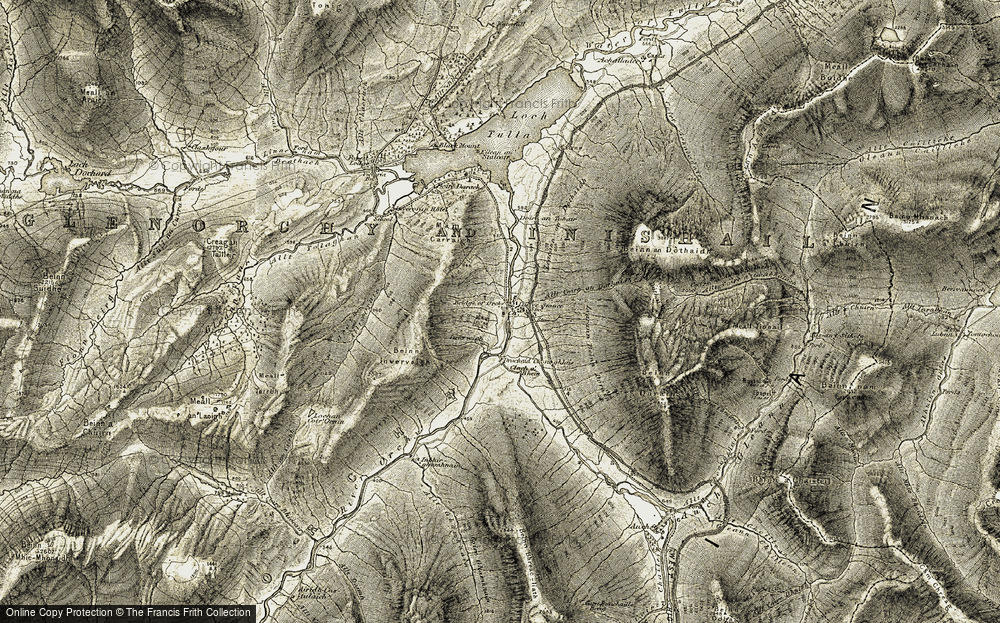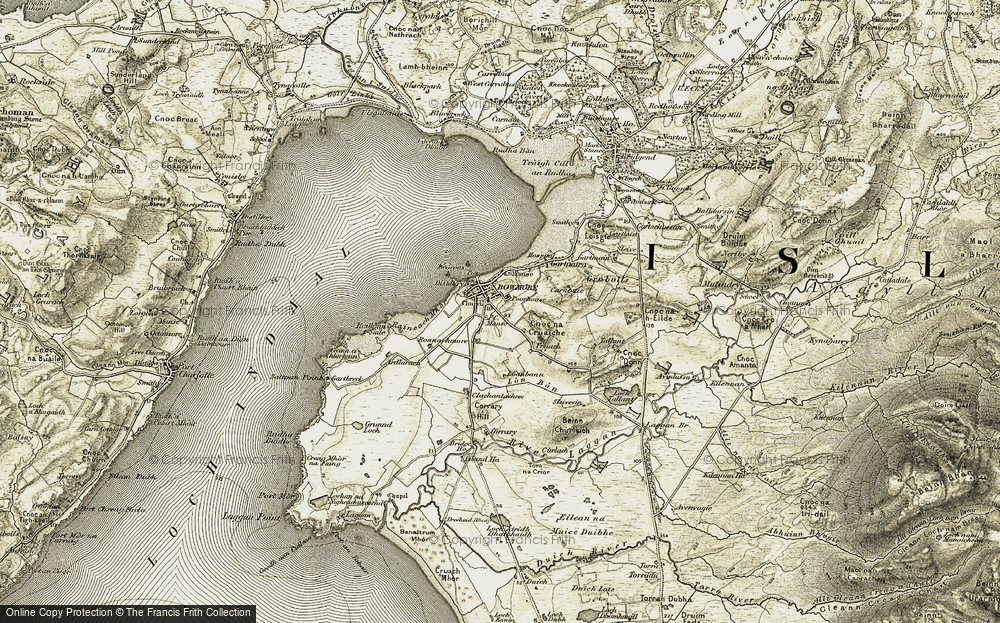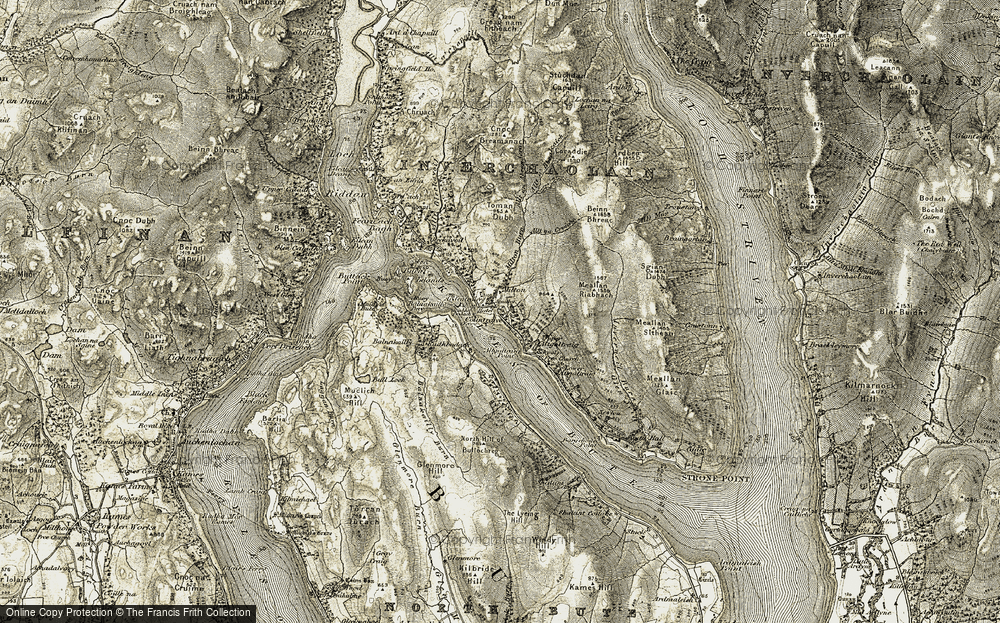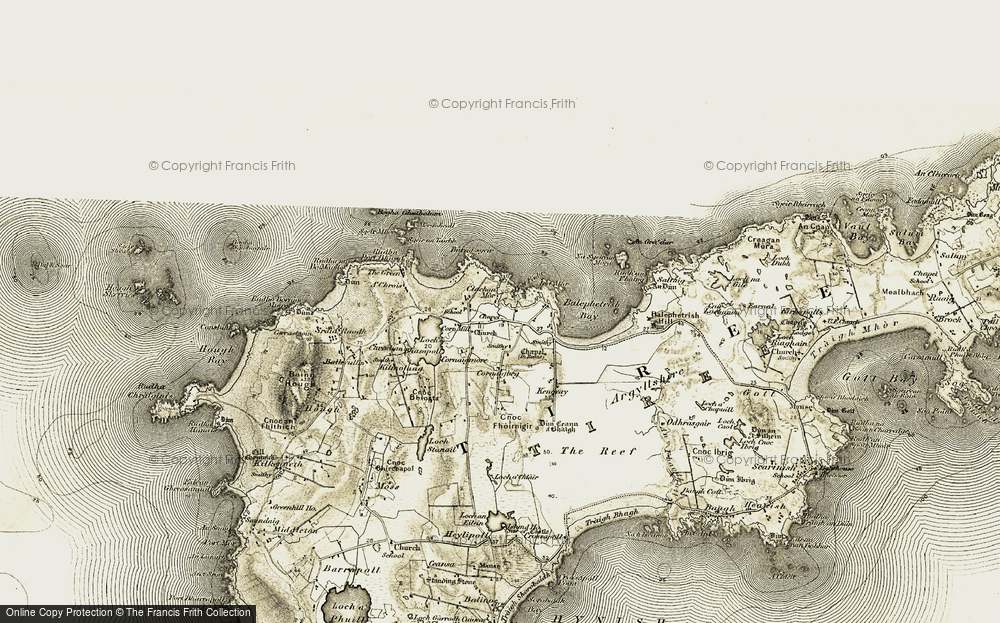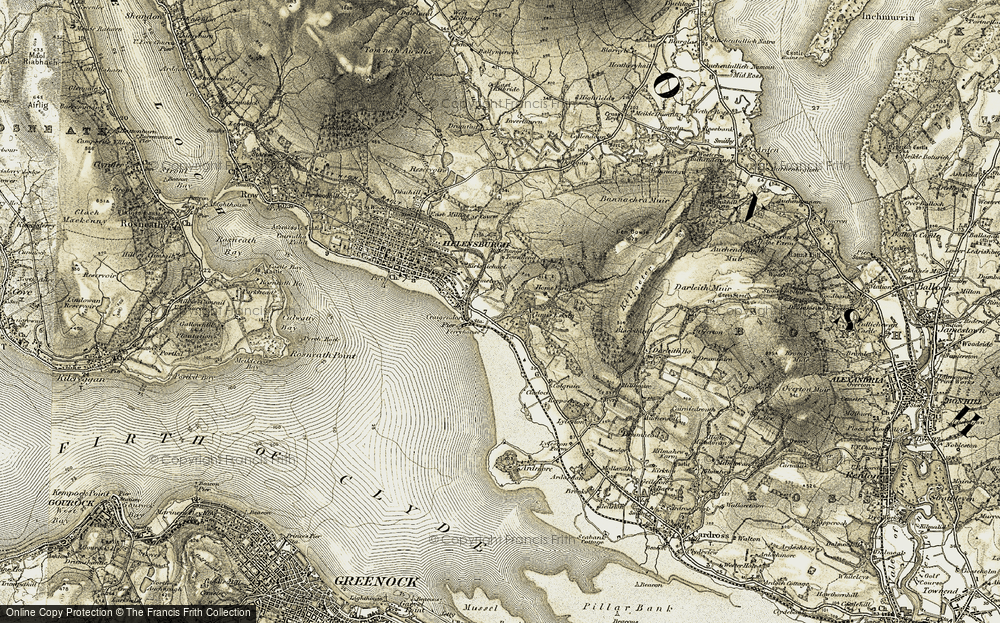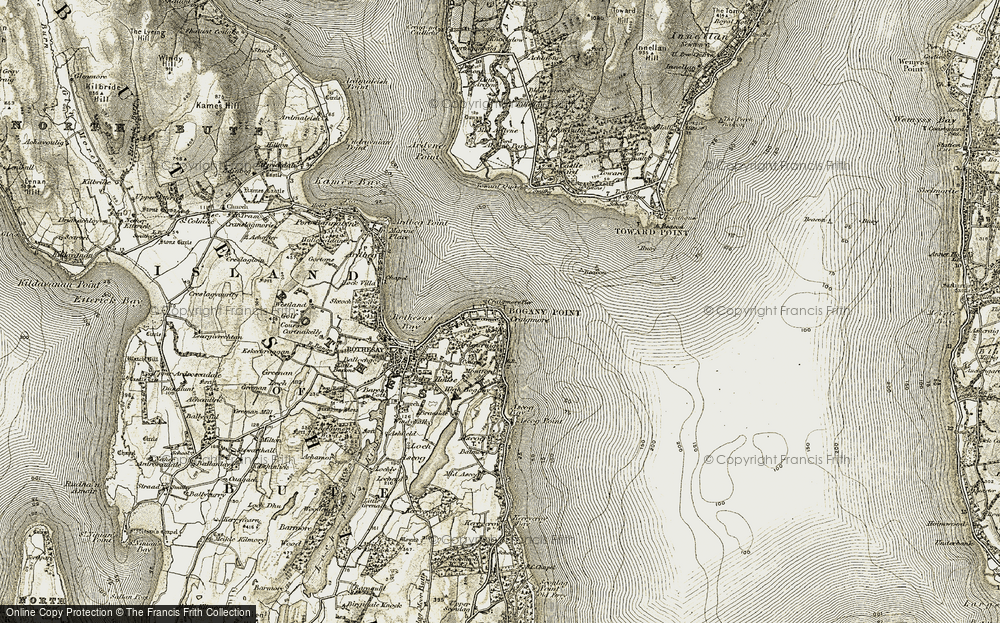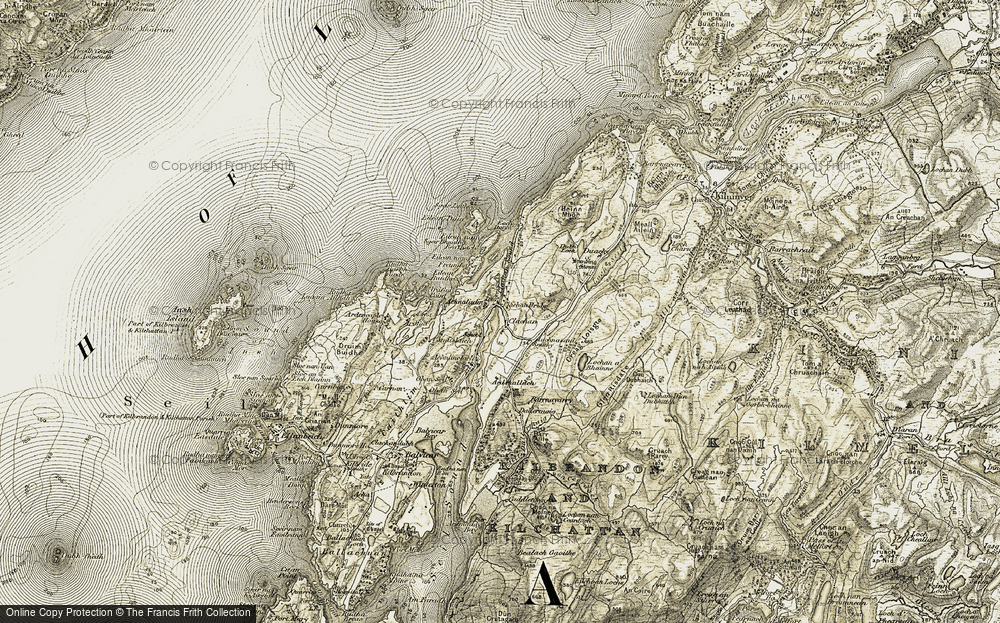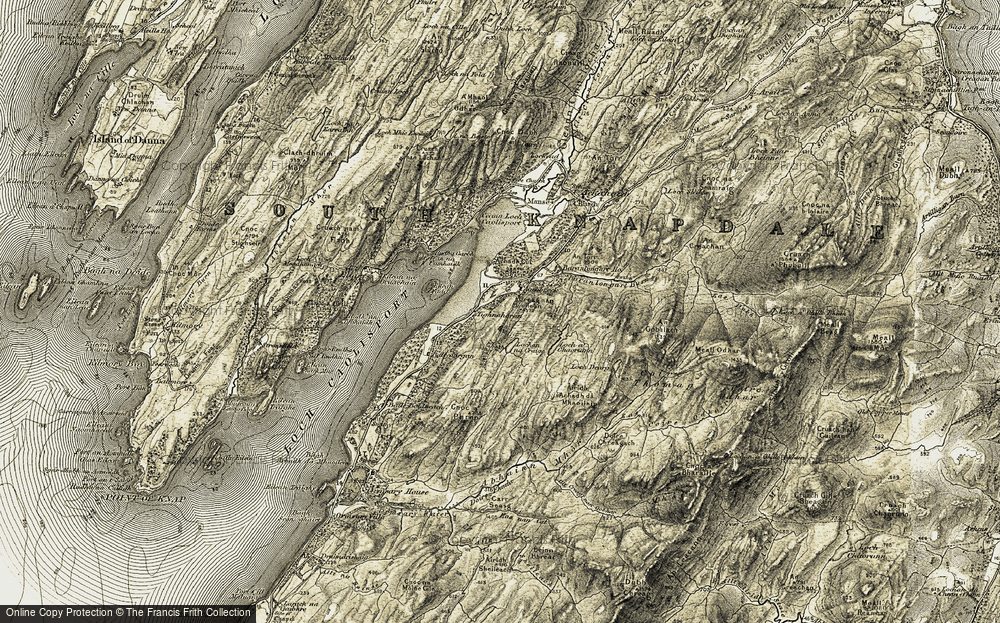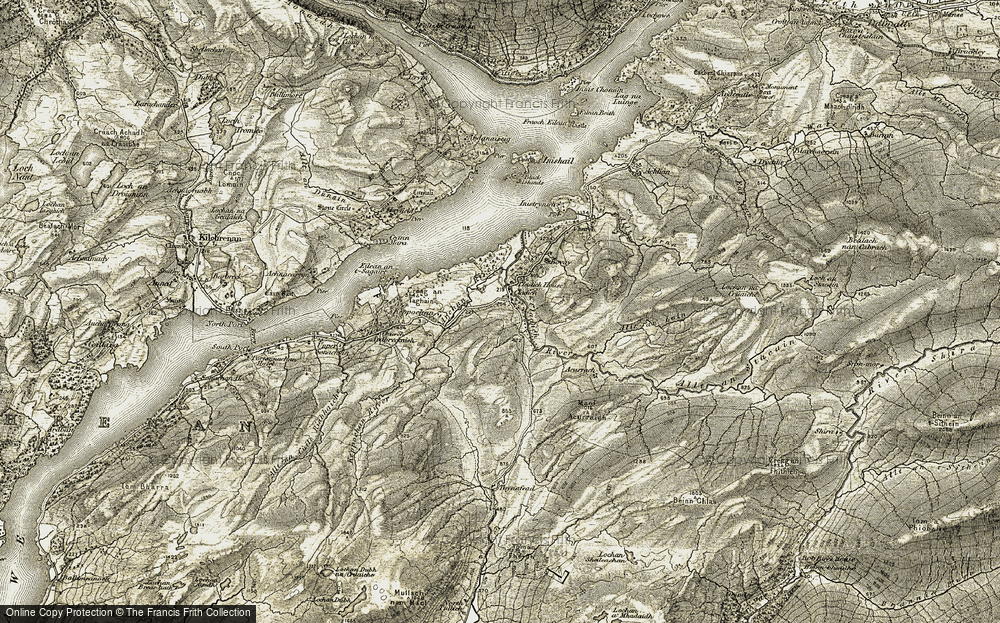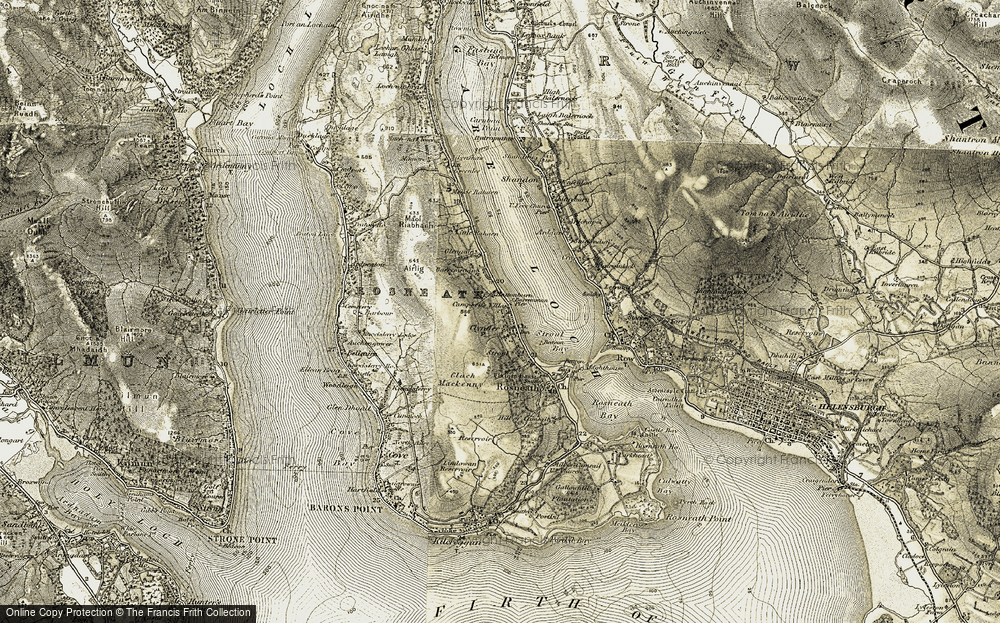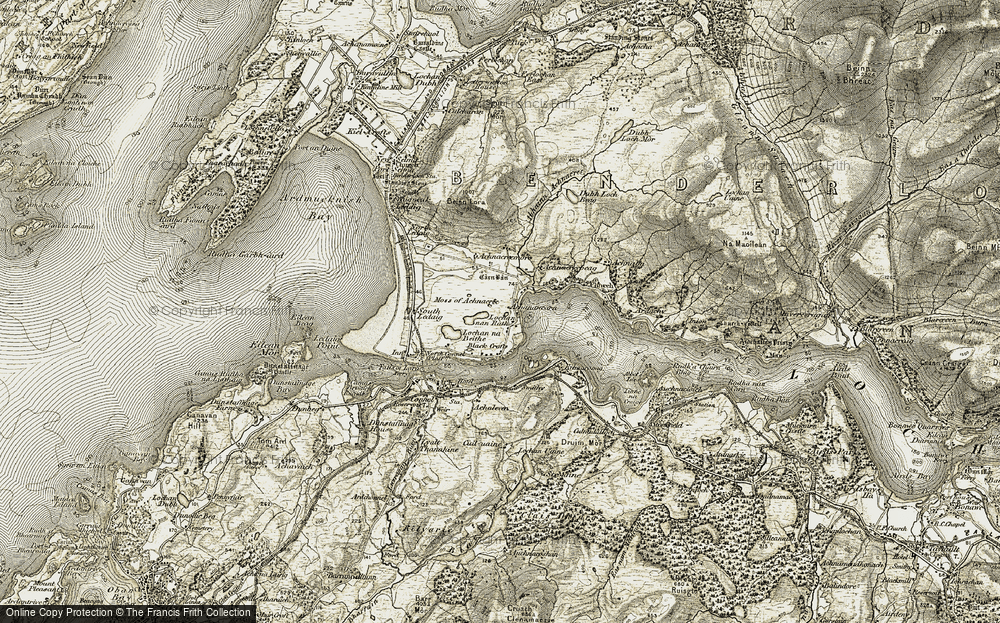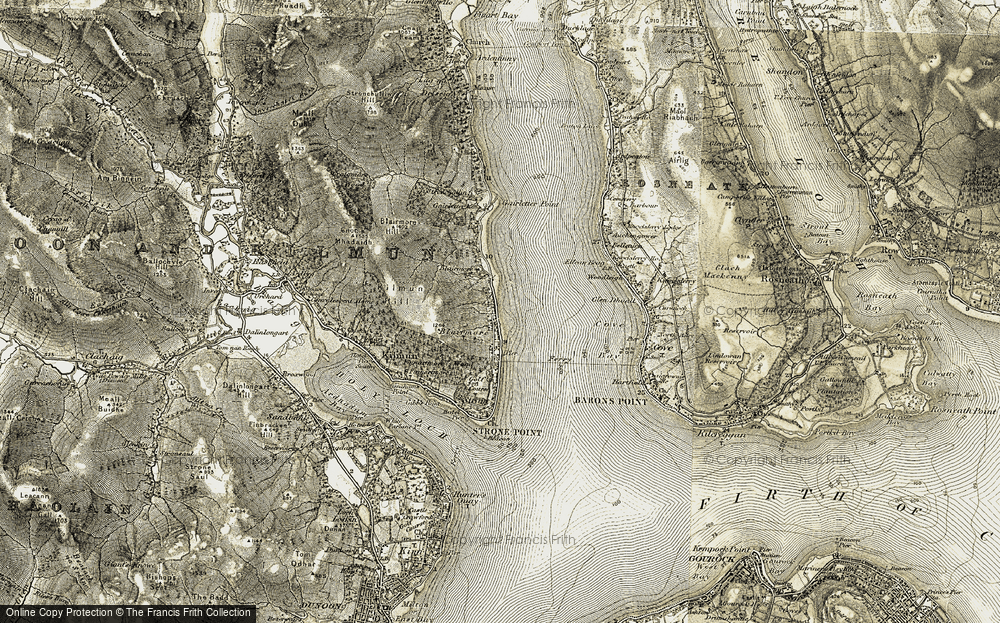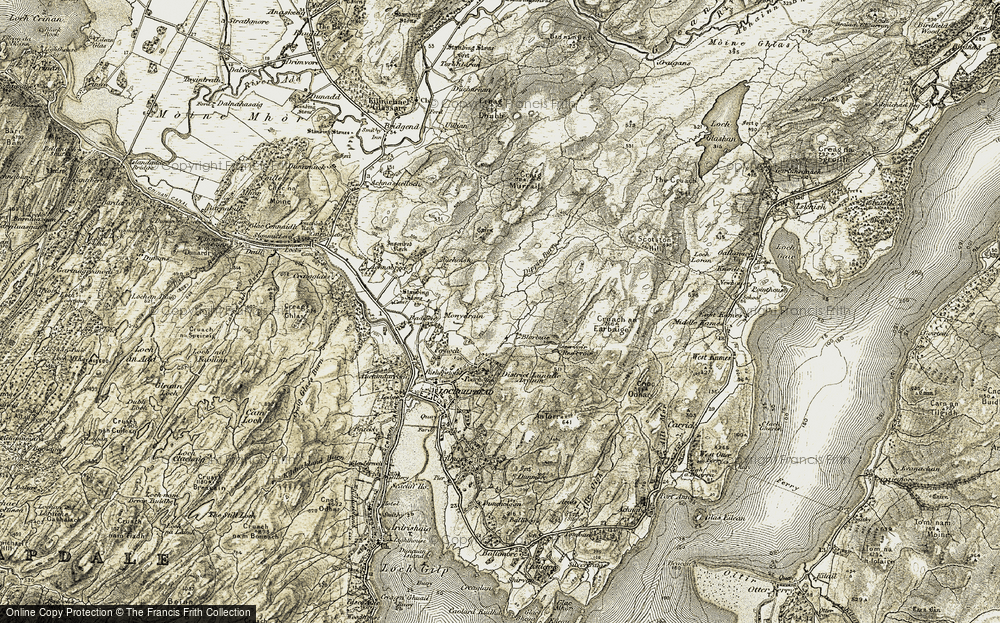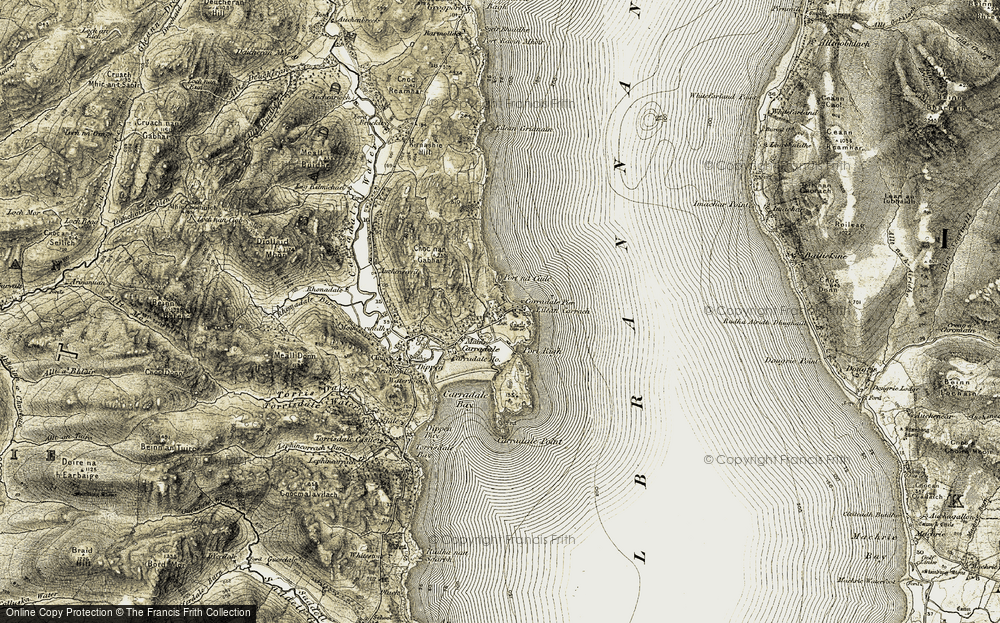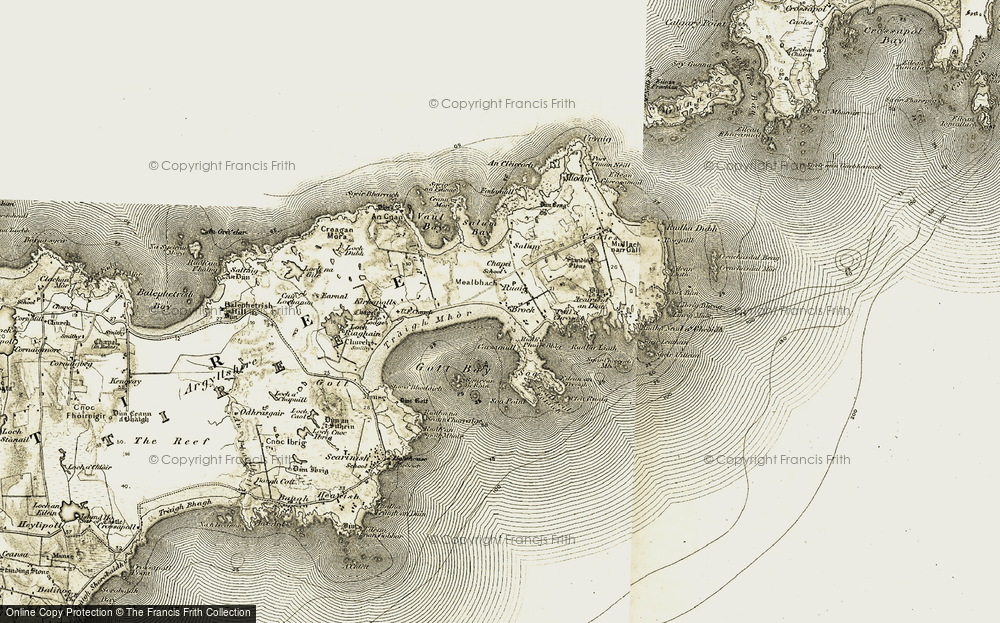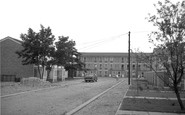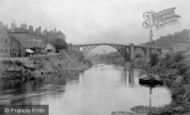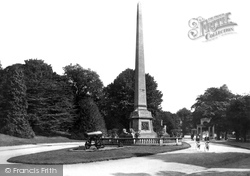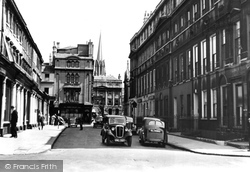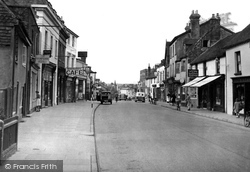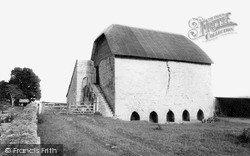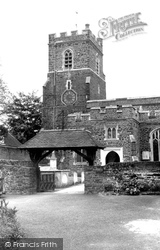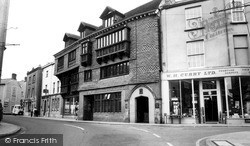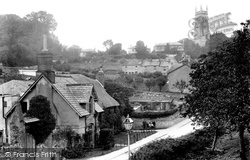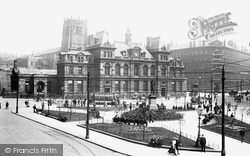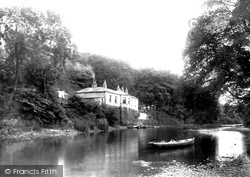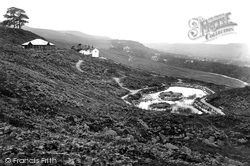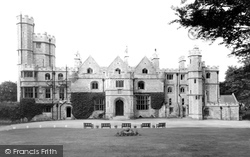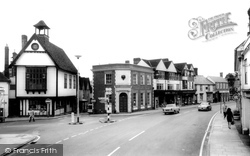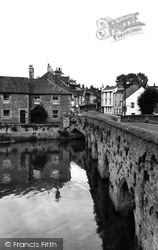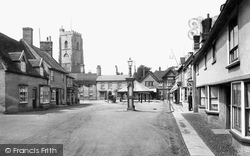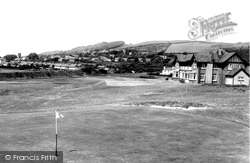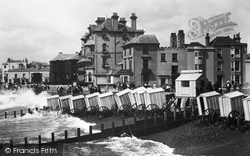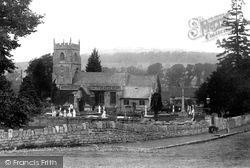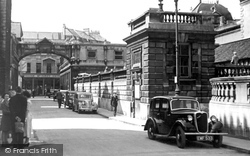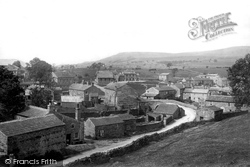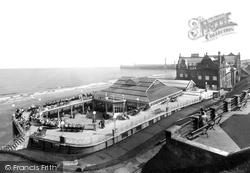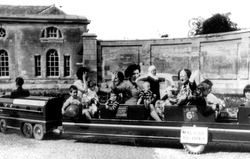Places
Sorry, no places were found that related to your search.
Photos
Sorry, no photos were found that related to your search.
Maps
1,353 maps found.
Books
3 books found. Showing results 601 to 3.
Memories
2,048 memories found. Showing results 251 to 260.
Bower Way
Way back in the late 1930s and early 1940s I lived in Westgate Crescent and used to walk the length of Bower Way every day to Cippenham school, carrying my gas mask in a cardboard box. I used to be friends with Tony Rimmer who lived in ...Read more
A memory of Cippenham in 1940 by
Bower Yard
We have many happy memories of the Bower Yard in 1962. We moved into our first marital cottage at 75 on the day we got married. The cottage was mid terrace overlooking the river and the wharfage on the opposite side. We paid ...Read more
A memory of Ironbridge in 1962 by
Box Fieds Hawthorn
My parents met at a place called Thornypits and married during the war years.They were George and Pam Edwards, he was a local barber and came from Killarney, Southern Ireland, she came from Ditcheat, near Shepton ...Read more
A memory of Hawthorn in 1942 by
Boy From The Slums
I was born on the 28th March 1947, into an existing family of 5 siblings in a one-up one-down decaying terraced house of 12 Russell Street, Teams, Gateshead, just off Upton Street, near to the coke works, the gas works, the ...Read more
A memory of Gateshead in 1947 by
Boyhood
I was born in 1922 in Mundford where my Father was the village policeman. We had no motor car, indeed in those days there were not many people who could afford this luxury. The village was small, however it was self-contained and provided ...Read more
A memory of Mundford in 1920 by
Boyhood In Broomieknowe Lasswade
In 1953 my family moved from Edinburgh to live in Broomieknowe, Lasswade. I liked the large garden we had on this quiet street with pigeons cooing in the big Chestnut trees in the neighbours garden, and a big barn ...Read more
A memory of Lasswade in 1953 by
Boyhood Memories From 1952
It was around this time that the tram lines were taken up from Sunderland Road in Gateshead. The men stored the old lines in Somerset Street and Devonshire Street. As boys we would dig up the tar from around the ...Read more
A memory of Gateshead in 1952 by
Boyhood Memories Of Lymington
My parents, Edward (Jack) and Mavis Byard and myself and German Shepherd Dog Julie, moved from Poole, in Dorset, to live in a de-commissioned British Power Boat Motor Torpedo Boat, 451, in November 1947. My father ...Read more
A memory of Lymington by
Braintree County High School
I attended Braintree County High School from 1944 to 1950. Nihil Nisi Optima I recall as the school motto, and the school song started with the words “With hearts close knit in comradeship …” When sung at morning ...Read more
A memory of Braintree in 1940 by
Brakespear Road
I was 2 ,1941 when we moved into 19 Brakespear road. My father was an engineer at Bristol Aircraft Co. We were bombed out of Bristol and my father was moved underground to Spring Quarry to build Centaurus engines for Beaufighters.I ...Read more
A memory of Corsham by
Captions
1,059 captions found. Showing results 601 to 624.
In the section of the park beyond Marlborough Road, Edward Davis erected this obelisk to the then Princess Victoria in early 1837 for Bath to commemorate the 'attainment of her majority'.
The entrance block of the theatre was formed from Beau Nash's first house in Bath, a pre-Wood era building of 1720 with heavy moulded window surrounds and cornices.
As we look east from Queen Square, the terrace we see on the right, Northumberland Buildings, built in 1778, is another design by the ubiquitous Thomas Baldwin.
The second building on the left has a sign showing it to be the office of 'The Hampshire Herald and Alton Gazette' at 9 Normandy Street.
Isolated on an island amidst the marshes, the community grew lax and neglected their religious discipline; the monks developed a taste for worldly comforts.
It is entirely possible that Queen Katherine of Aragon worshipped in the 10th-century church during her stay at Ampthill Castle in 1533.
Wiveliscombe has been occupied since the Romans passed by, and during the medieval period it served as a summer residence for the Bishops of Bath and Wells.
St Mary's is reputed to be the oldest church site in Devon.
The square was named after the Bradford MP W E Forster, who sponsored the compulsory education act of 1870.
The famous spring was discovered on the banks of the Wharfe by labourer John Shires on 4 June 1744. From then on, visitors flocked to the town to enjoy the benefits of its health-inducing treatments.
This cottage high up on the moors contained two stone plunge baths, one of which is still on display today. The well spring and the house date from the early 1700s.
The brick building on the right has gone, and the timber building beside it has been extended.
This imposing building is impressively situated on the shores of Southampton Water.The original castle, built by Henry VIII in 1542 as part of his many coastal defences, has all but disappeared, and
The four pointed gables were built in 1899 on the site of two small cottages and a plastered building that seemed to be the remainder of an ancient chapel.
We are looking from the Nag's Head Island side towards Bridge Street and the town.
In the centre are the pump, in use until 1939, and the 16th-century Market Cross. On the right are Mabel Kemp's cycle shop and Isaac Minn's, saddler.
Whilst Cardiff and Llanelli were, and always will be, the home of Rugby Union, golfing was the Welshman's second love - although in this picture no one was playing, at least not on this tee.
Beyond the line of bathing machines, waves crash against the beach in this turn-of-the-century photograph. Much of the town's architecture dating from this period survives today.
Across the toll bridge from Batheaston, the road crosses the A4 dual carriageway Batheaston bypass into Bathampton, a village now linked by development to Bathwick and Bath.
Some of the right hand side is taken up by Jolly's, the famous Bath department store which had a most elaborate Victorian stone and granite shopfront of 1875 added to part of its frontage.
From Terrace Walk, York Street passes the rear of the Roman Baths, screened by the rusticated walls and corner pavilion added by Brydon in the 1890s.
Bainbridge was once an important junction, for here the roads to and from Lancaster, Swaledale and Westmorland met.
The Spa was built in the Victorian era, when Whitby was hoping to become a second Bath.
The miniature railway at Cofton Wood was nearly as popular as the tea room, though one cannot help wondering if the adults in this picture are not just the teeniest bit embarrassed.
Places (0)
Photos (0)
Memories (2048)
Books (3)
Maps (1353)


